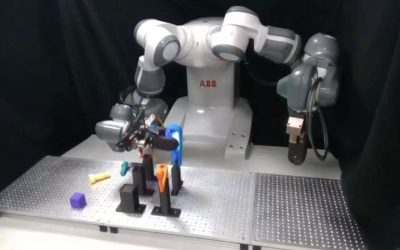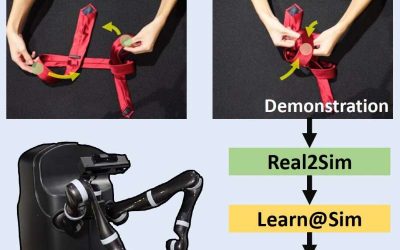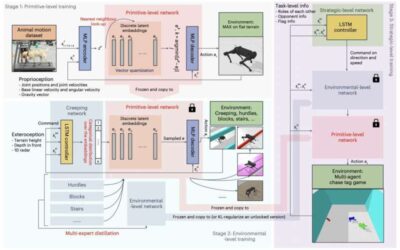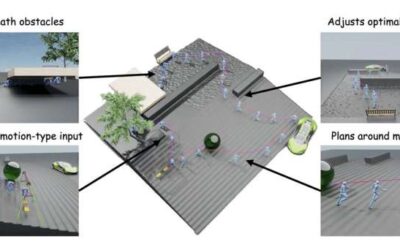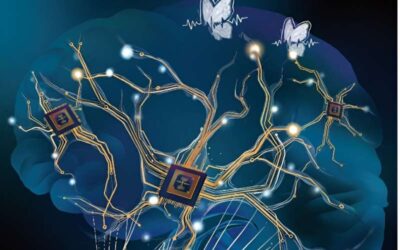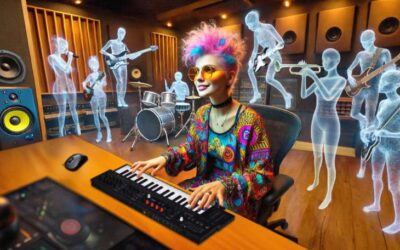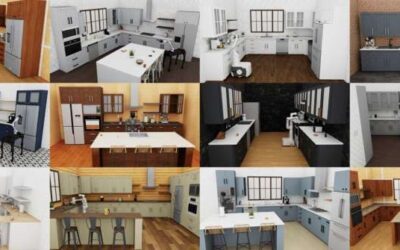Most robotic systems developed to date can either tackle a specific task with high precision or complete a range of simpler tasks with low precision. For instance, some industrial robots can complete specific manufacturing tasks very well but cannot easily adapt to...
Machine learning & AI
Lightweight neural network enables realistic rendering of woven fabrics in real-time
Recent advances in the field of artificial intelligence (AI) and computing have enabled the development of new tools for creating highly realistic media, virtual reality (VR) environments and video games. Many of these tools are now widely used by graphics designers,...
New framework allows robots to learn via online human demonstration videos
To be successfully deployed in real-world settings, robots should be capable of reliably completing various everyday tasks, ranging from household chores to industrial processes. Some of the tasks they could complete entail manipulating fabrics, for instance when...
New system enables intuitive teleoperation of a robotic manipulator in real-time
Imitation learning is a promising method to teach robots how to reliably complete everyday tasks, such as washing dishes or cooking. Despite their potential, imitation learning frameworks rely on detailed human demonstrations, which should include data that can help...
New framework enables animal-like agile movements in four-legged robots
Four-legged animals are innately capable of agile and adaptable movements, which allow them to move on a wide range of terrains. Over the past decades, roboticists worldwide have been trying to effectively reproduce these movements in quadrupedal (i.e., four-legged)...
A new model to plan and control the movements of humanoids in 3D environments
Humanoids, robotic or virtual systems with body structures that resemble the human body, have a wide range of real-world applications. As their limbs and bodies mirror those of humans, they could be made to reproduce a wide range of human movements, such as walking,...
A new brain-inspired artificial dendritic neural circuit
Following the rapid advancement of artificial intelligence (AI) tools, engineers worldwide have been working on new architectures and hardware components that replicate the organization and functions of the human brain.
Sony introduces AI for single-instrument accompaniment generation in music production
In recent decades, many engineers have started developing artificial intelligence (AI)-based tools that can support the work of creative professionals, speeding up or enhancing the production of different types of content. These include computational models that can...
A new large-scale simulation platform to train robots on everyday tasks
The performance of artificial intelligence (AI) tools, including large computational models for natural language processing (NLP) and computer vision algorithms, has been rapidly improving over the past decades. One reason for this is that datasets to train these...
People struggle to tell humans apart from ChatGPT in five-minute chat conversations, tests show
Large language models (LLMs), such as the GPT-4 model underpinning the widely used conversational platform ChatGPT, have surprised users with their ability to understand written prompts and generate suitable responses in various languages. Some of us may thus wonder:...

